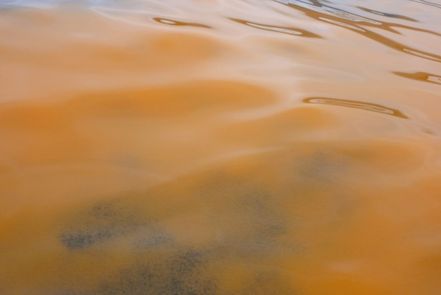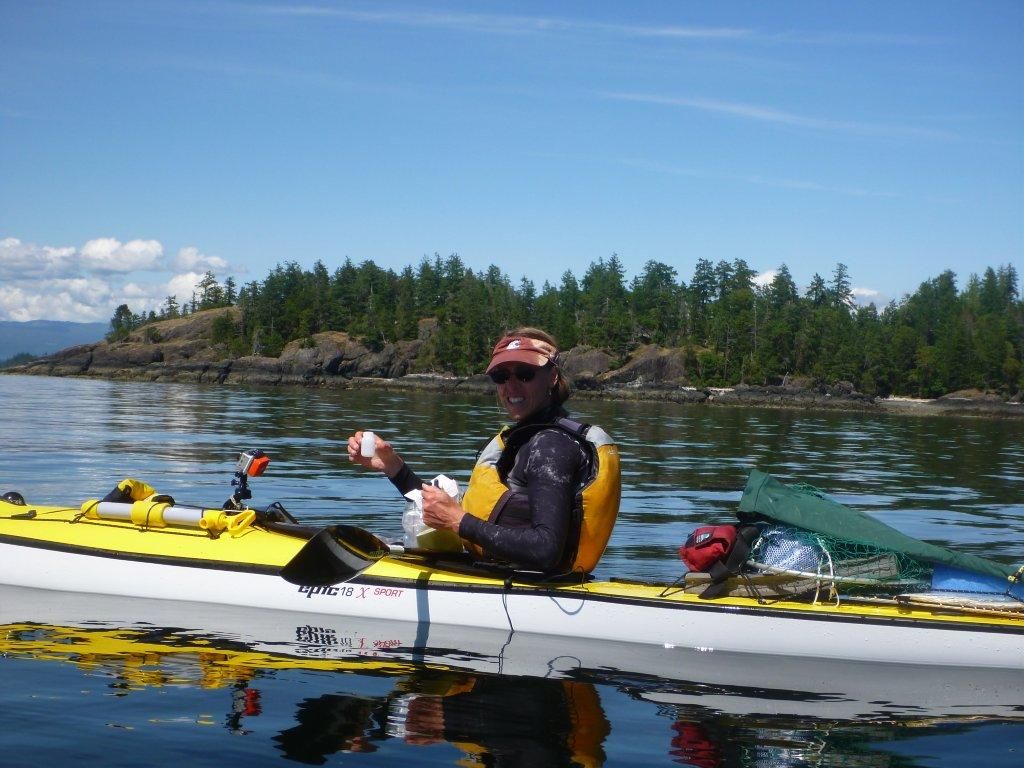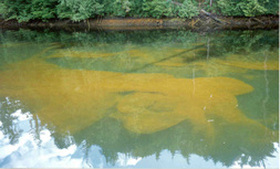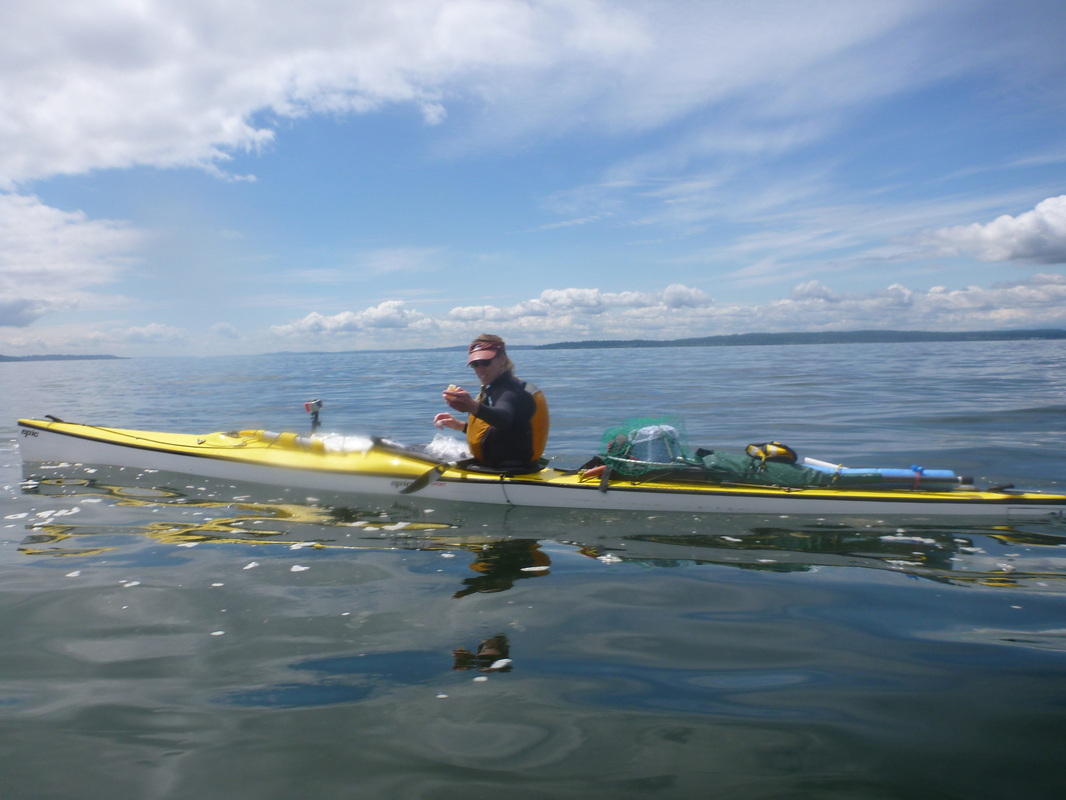Harmful Algal Blooms: tracking to understand change over time
Why Study Algae?
Harmful Algal Blooms are increasing globally and impact us and our environment by poisoning fish and shellfish and making seafood toxic (i.e. “red tide”) or unpalatable. The Harmful Algae Monitoring Program has been monitoring fish-killing plankton species on the west coast of Canada since 1999, and although we know that HAB species kill aquacultured fish we are not sure of their impact on wild fish. This project will enable us to get plankton samples from remote areas and blooms that would otherwise be overlooked; this will provide important data on the distribution of HAB species on the West Coast.
To learn more about the Harmful Algea Monitoring Program, based out of Vancouver Island University, visit them on FaceBook. |
What Can I Do?
Volunteers can collect water samples and environmental data for analysis by HAMP (Harmful Algae Monitoring Program) personnel. These samples should be collected when blooms are seen, or if dead fish are observed. Data will be used to augment our regular data to assess the extent and impact of harmful blooms on the coast. If you are planning a trip along the west coast of Canada or in the Salish Sea, please consider collecting samples for this study.
How will the data be used?
This data will augment data collected by the Harmfal Algae Monitoring Program, Vancouver Island University, and used to assess the extent and impact of harmful blooms on the coast.




